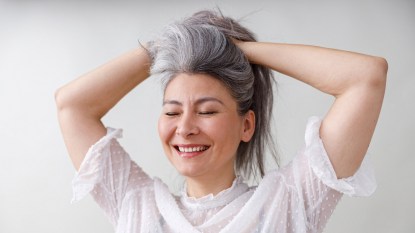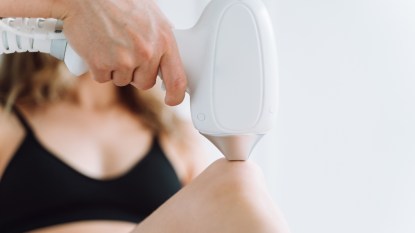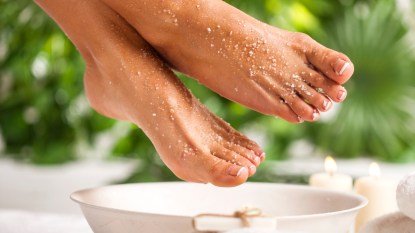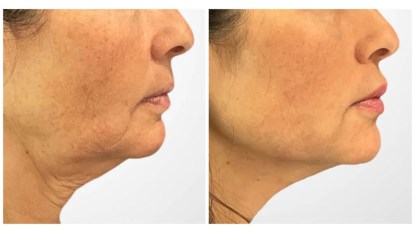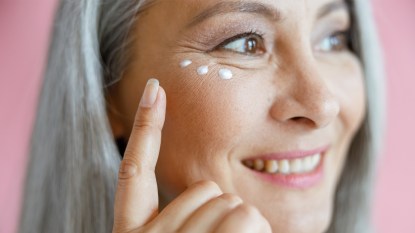New Research Reveals Two Nutrients That May Reverse Thinning Hair
Plus the power of the right sun hat to keep locks lush.
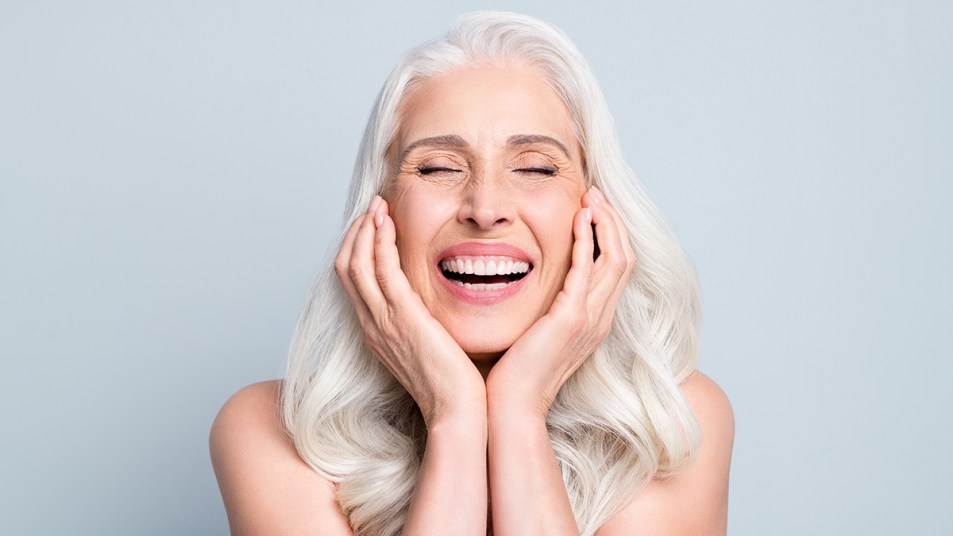
If you’re over 50, you’ve likely had the experience of watching your hair slowly but surely get thinner and thinner. And you know that sinking feeling you get when you find yourself running your fingers through your hair only to come away with a clump of it. Fortunately, help is here!
How common is hair loss?
Feel like you have more hair in your brush than on your head? You’re not alone! “Thinning hair is common — in fact, we have half the amount of hair at age 40 than we did at 20,” largely due to a drop in estrogen levels, says dermatologist Debra Jaliman, MD, an assistant clinical professor of dermatology at the Mt. Sinai School of Medicine in New York City.
And hot-weather isn’t exactly our hair’s best friend: A study in The British Journal of Dermatology revealed that hair loss may increase by six percent every day in the summer. Blame everything from damaging UV light to excessive sweating. That’s not all: “Hair often enters dormancy, a period of slowed growth, in the summer, but you may not notice it fall out until early autumn,” says Natalie Kash, MD, a hair restoration surgeon at the Root Hair Institute in Washington.
How a Specific Daily Routine Can Help
The good news: There’s plenty you can do now to ward off hair loss, assures Dr. Jaliman. “Everything from shifting your diet a bit to protecting your scalp from the sun can lead to healthier hair.” Read on for easy lifestyle tweaks that will leave you with lusher locks all year long.
In the morning: Enjoy an omelet.
A study published in the International Journal of Trichology revealed that nearly 40 percent of women experiencing hair loss are deficient in biotin, a B vitamin that helps strengthen the hair protein keratin. And boosting levels may be as easy as digging into biotin-rich eggs. “Eggs are also a rich source of protein and omega-3s, both essential for hair growth,” says Dr. Jaliman. Aim to eat eggs a few mornings a week, and to power up the benefits, she recommends supplementing with 5,000 micrograms of biotin daily. Worried about taking in too much fat? Choose Eggland’s Best eggs, which have 25 percent less fat compared to ordinary eggs. Also smart: Incorporate more high-protein foods into your diet, such as lean meat, fish, and Greek yogurt, which is also high in vitamin B-5 — a nutrient that’s been shown to boost blood flow to the scalp and encourage hair growth.
In the afternoon: Don a wide hat.
Excessive sweating on the scalp can lead to a buildup of yeast, which can trigger dandruff, causing inflammation and temporary hair loss, says Dr. Kash. The solution? Wear a hat when you’re spending time in the sun. “A breathable hat made of polyester or cotton minimizes UV damage to the hair and scalp while allowing air to circulate, which is important to minimize sweating.” This strategy also helps reduce folliculitis — little bumps of inflammation on the scalp, which over time can cause hair to fall out. Tip: Opt for a hat with a brim of 3 inches or wider — a study in the British Journal of Dermatology shows this offers the best all-around protection for your scalp and face.
At night: Relax with this mineral.
“Hair growth needs a lot of metabolic activity, and zinc is key to energy production in the body, including when it comes to the energy needed to spur hair growth,” Dr. Kash says. Indeed, one study published in the Annals of Dermatology showed that patients with hair loss who supplemented with 50 milligrams of zinc a day for 12 weeks experienced hair growth. Zinc also helps reduce levels of the stress hormone cortisol — a major cause of hair loss, according to a Harvard study. Bedtime bonus: In a Journal of International Molecular Sciences study, people with optimal levels of zinc fell asleep faster, likely due to the mineral’s ability to improve slow-wave sleep.
Click through for the best shampoos for thinning hair.
A version of this article originally appeared in our print magazine, First for Women.
This content is not a substitute for professional medical advice or diagnosis. Always consult your physician before pursuing any treatment plan.


